Rubber Flooring Installation Tips

Installing rubber flooring indoors is ideal during controlled climate conditions to prevent expansion or contraction.
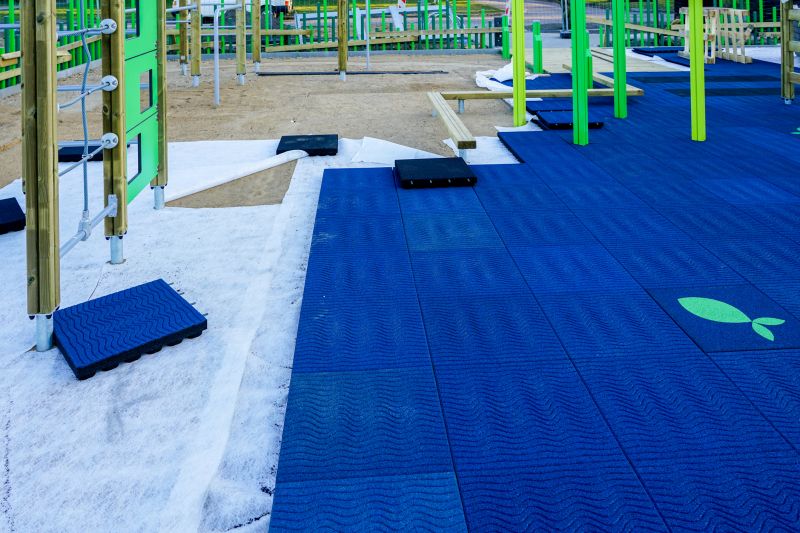
Choosing a dry season ensures proper adhesion and reduces installation delays caused by moisture.
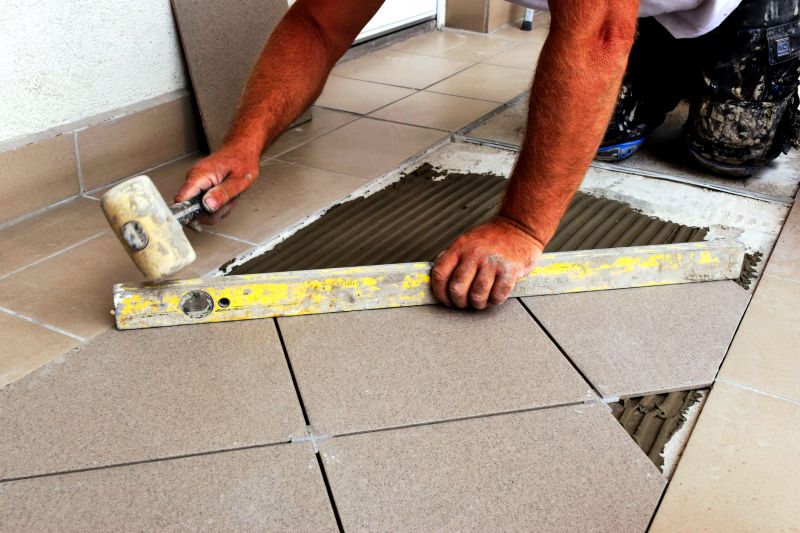
Scheduling during less busy times can facilitate smoother installation and inspection processes.
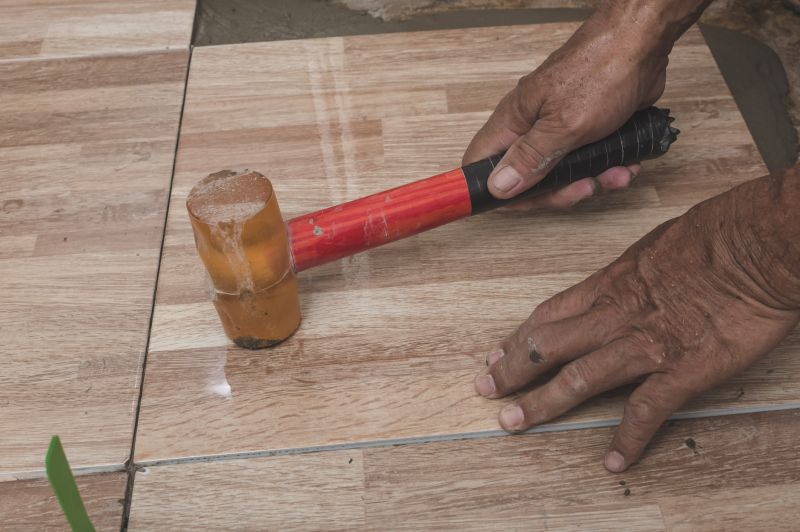
Ways to make Rubber Floorings work in tight or awkward layouts.
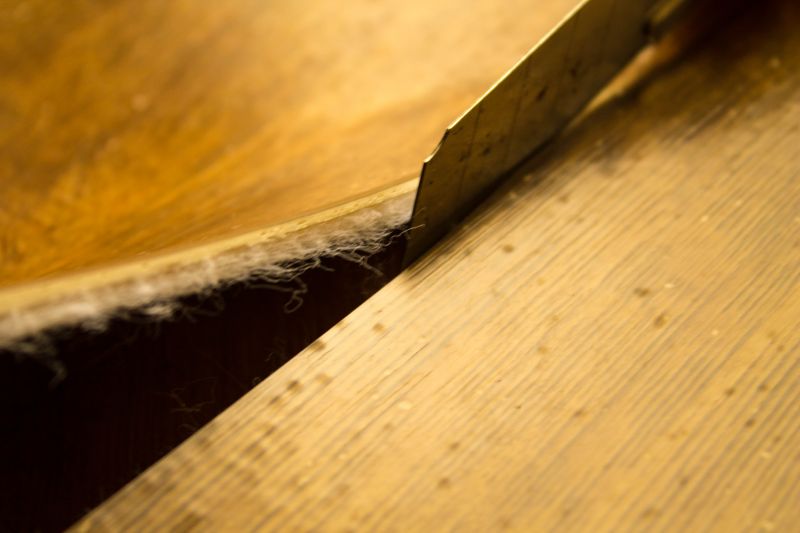
Popular materials for Rubber Floorings and why they hold up over time.

Simple add-ons that improve Rubber Floorings without blowing the budget.
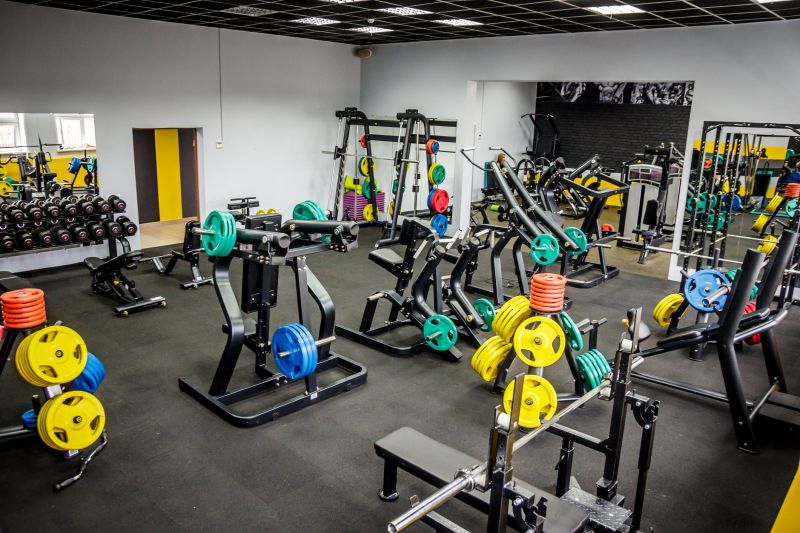
High-end options that actually feel worth it for Rubber Floorings.

Finishes and colors that play nicely with Rubber Floorings.
Rubber flooring is a durable and versatile surface option used in various settings including gyms, playgrounds, and commercial spaces. It offers excellent shock absorption, slip resistance, and sound insulation. Rubber flooring is made from recycled rubber materials, making it a sustainable choice for many projects. Its resilience to wear and tear extends its lifespan, often exceeding 10 years with proper maintenance. The installation timing can significantly impact the quality and longevity of the flooring, with optimal conditions typically involving dry, moderate temperatures and minimal moisture. Proper planning and scheduling can ensure the flooring performs as intended and maintains its appearance over time.
Installing rubber flooring during mild weather prevents issues related to temperature fluctuations and moisture.
Allow sufficient curing time for adhesives and sealants, which is influenced by ambient temperature and humidity.
Align installation with project timelines to avoid delays caused by weather-related disruptions.
Indoor installations are less affected by weather, but timing still matters for optimal adhesion and curing.
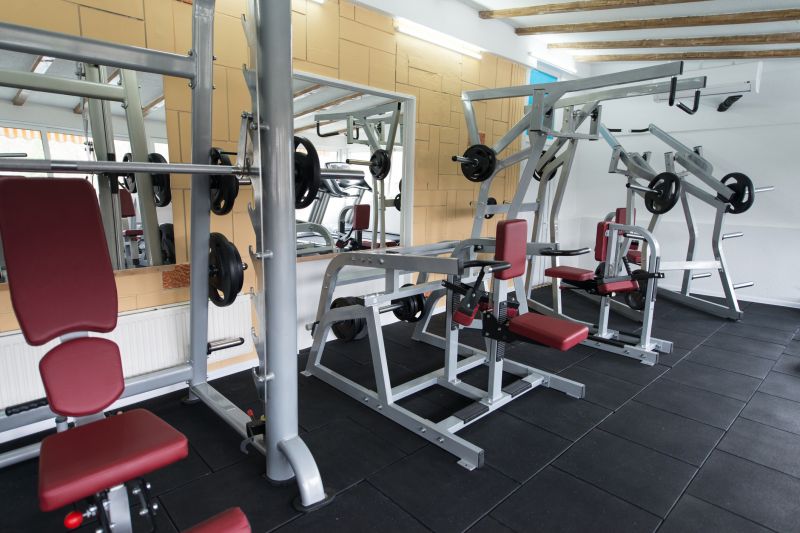
A gym setting showcasing durable rubber flooring for impact absorption.
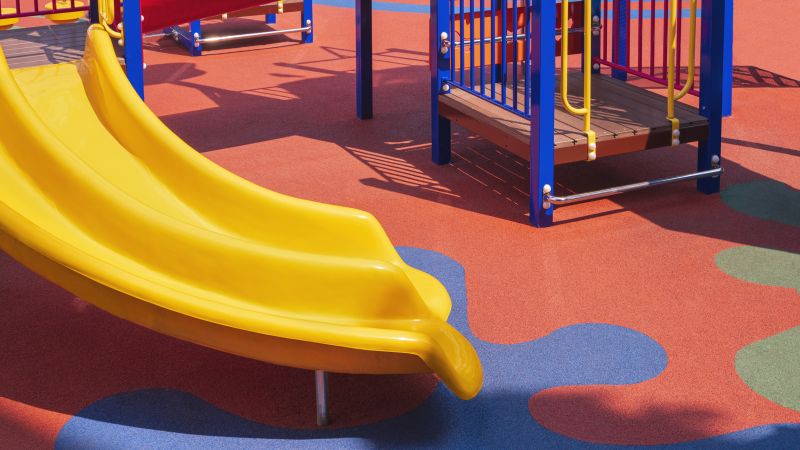
Children's playground with safety rubber surfacing for fall protection.

Industrial or commercial space featuring resilient rubber flooring.

Residential basement with rubber flooring for comfort and durability.
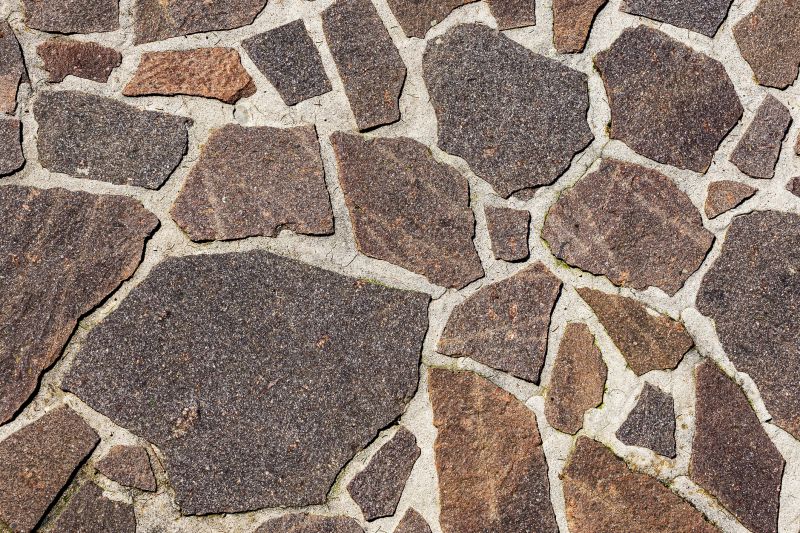
Weather-resistant rubber pathway in an outdoor setting.
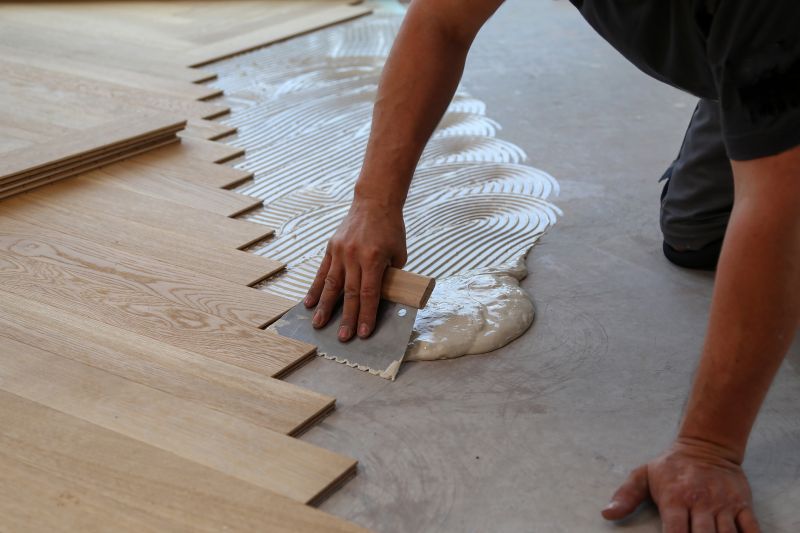
Professional installation process of rubber flooring in a commercial facility.
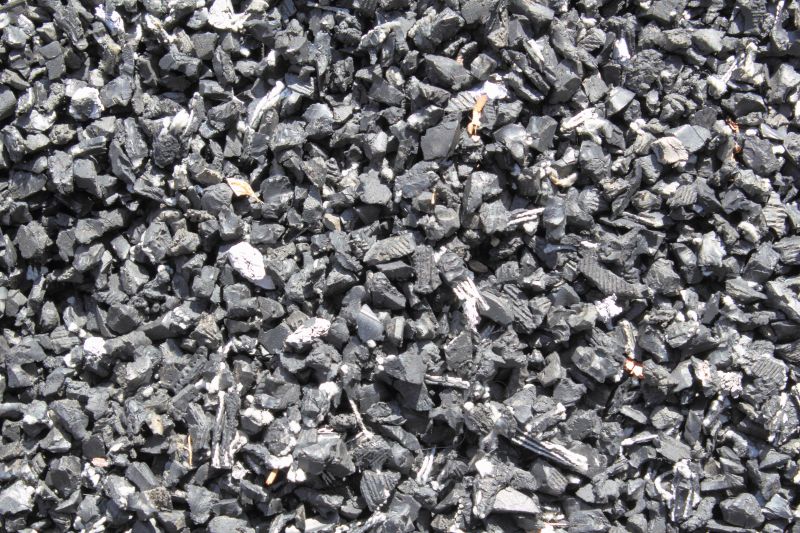
Close-up of recycled rubber granules used in flooring production.
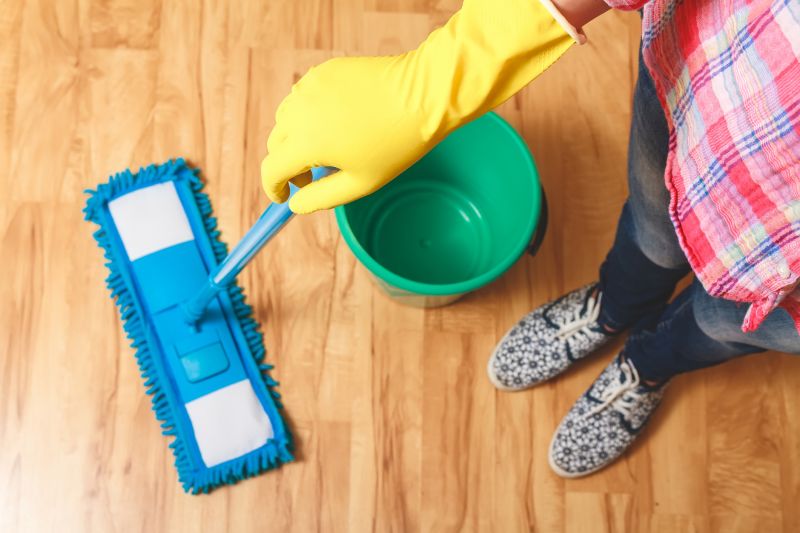
Cleaning and maintenance of rubber flooring for longevity.
| Factor | Optimal Conditions |
|---|---|
| Temperature | 50°F to 77°F (10°C to 25°C) |
| Humidity | Moderate humidity levels |
| Weather | Dry, clear days |
| Surface Preparation | Complete drying and cleaning |
| Adhesive Curing | Sufficient curing time based on manufacturer instructions |
| Indoor Conditions | Controlled temperature and humidity |
| Project Scheduling | Align with favorable weather forecasts |
| Material Storage | Store materials in dry, temperature-controlled environment |



